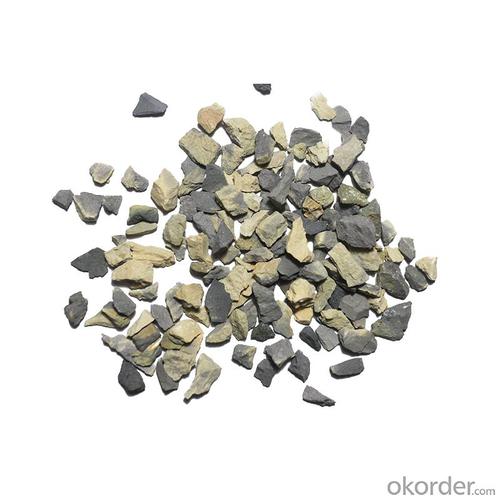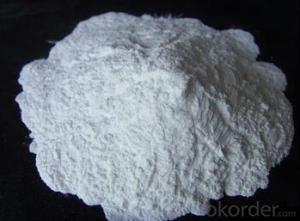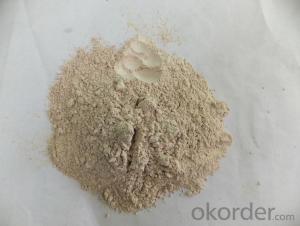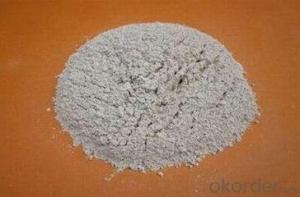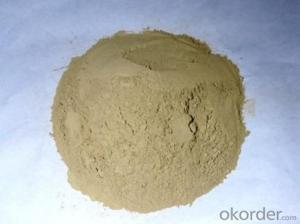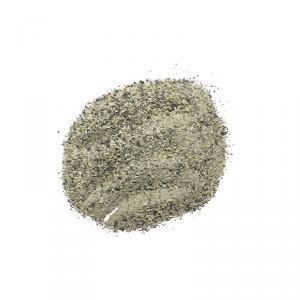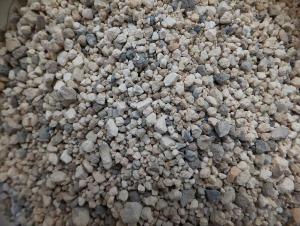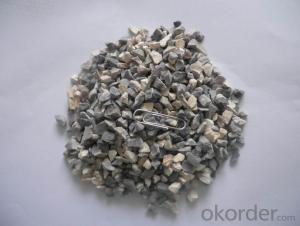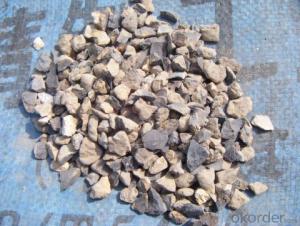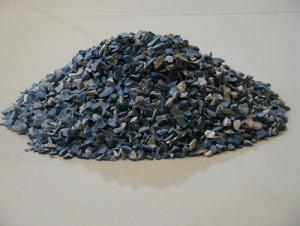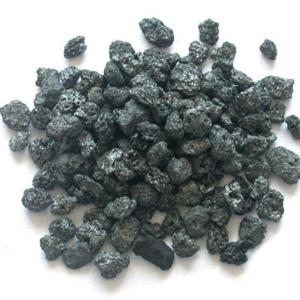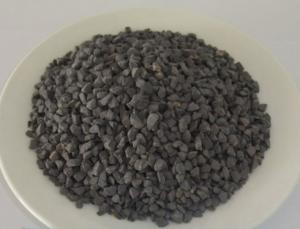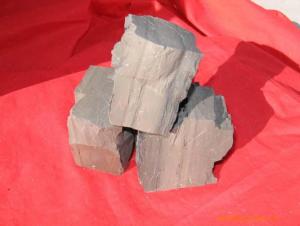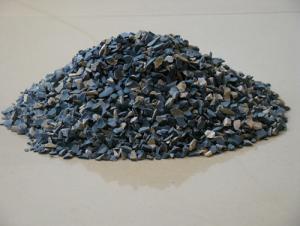Raw Materials for Refractory:Alimina Bauxite 85 Grade Raw Refractory Powder or Block
- Loading Port:
- Tianjin
- Payment Terms:
- TT or LC
- Min Order Qty:
- 20 m.t.
- Supply Capability:
- 1000 m.t./month
OKorder Service Pledge
OKorder Financial Service
You Might Also Like
Quick Details
· Place of Origin: Shaanxi, China
· Shape:particle or powder
· Material:Alumina
· SiO2 Content (%): 14max
· Al2O3 Content (%):80min
· Fe2O3Content (%):2.2max
· Model Number:Customer's Requirement
· Brand Name:CMAX
· Application:Metallurgy or Refractory
· Product name:Bauxite/Alumina fines/boksit/raw bauxite fire cement/200mesh bauxite powder
· Color:Black/gray
· Size:100MESH/200MESH/0-1MM/1-3MM/3-5MM/0-40MM
· BULK DENSITY:3G/CM3
· Certificate:ISO9001
· Usage:Fire Resistance Place
· Type:Raw Refractory
· shape:particle or powder or clinker
· Packaging Details:Bags/In bulk/As costomer's requirement'
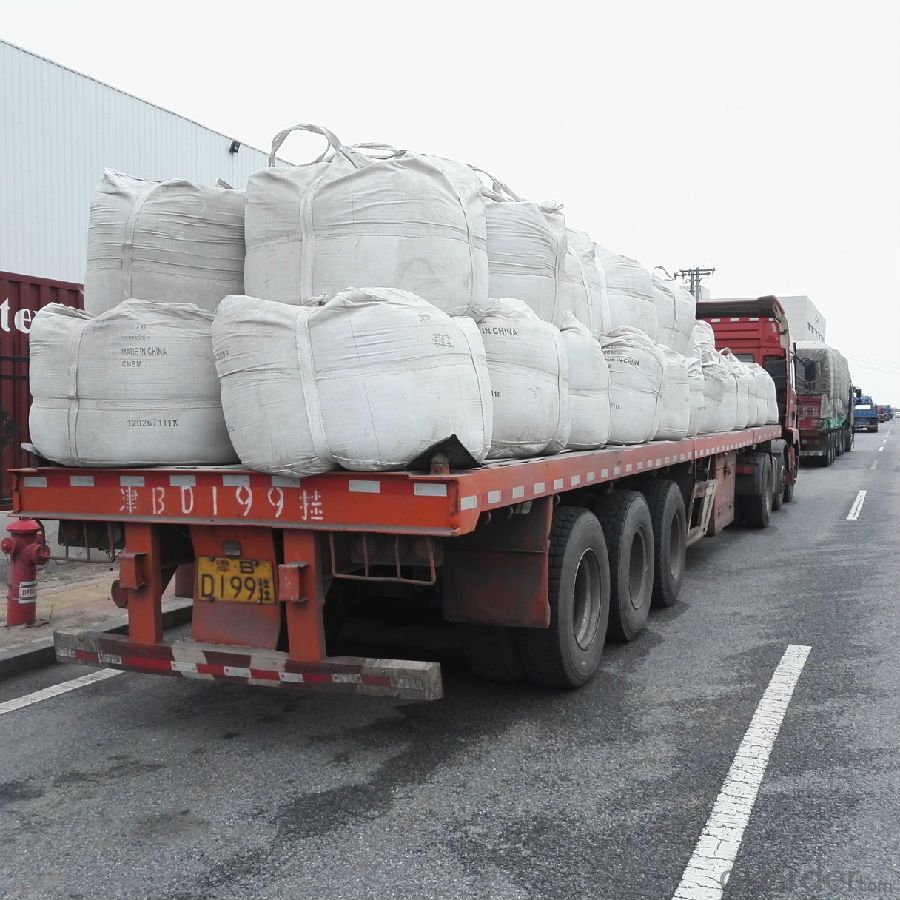

Quality assurance:
1.On a regular basis or as per your request,we entrust national testing agencies to conduct quality inspections
2. Strictly in accordance with the ISO9001-2008 international quality system standard,we monitor and manage the whole process throughout production,quality testing,and measurement to ensure product quality
FAQ:
Q: What kind of payments does your support?
A: T/T, L/C, Cash are accepted.
Q: Do you charge for the samples?
A: Accordeing to our company policy, the samples are free, we only charge the freight fee. And we will return the freight fee during the next order.
Q: Can you produce according to customers' design?
A: Sure, we are professional manufacturer.
Q: Do you have other products?
A: Yes, please check the pictures:
- Q: What is the importance of silicon powder in refractory processing?
- it can certainly improve the fire resistance
- Q: The fire prevention board line is made of what material?
- Crural line: wooden, in the market, there are sjoiner woodblock, peach wood and artificial engraving. The second classification is stone and the most used one is the marble graved or ceramics well-made one is taken as the first choise. Its price is a little bit expensive than the wooden one, but also a suitable choise. Condole supports: It has various category. The general furniture choose plaster and anti-firing plate and the other also have a choice of steel. You can make a suitable choice according to the need. If it is contracting project, it depends on your project specific plan and funds plan. In a word, beauty and harmony should be given priority since it is the source of design.
- Q: What's the feature of construction external wall fireproof and thermal inuslation matertial?
- It has properties of low heat conductivity coefficient, low density, high flexibility, fireproof and waterproof. Its heat conductivity coefficient at normal temperature is 0.018W / (K · m) . The thermal insulation property is three to eight times that of the traditional materials. And it is completely waterproof. [2] Thermal insulation lining has properties of low heat conductivity coefficient, low density, high flexibility, fireproof and waterproof. Light, generally about10-96kg / m3, 20kg / m3 or less is felt, 24-48kg / m3 is middle-hard plate, 48-96kg / m3 is hard plate, wherein 48kg / m? can be used as ceiling, with softening point being 500 ° C , thermal insulation 300 ° C. It is widely used in the United States, k =0.9. Calcium silicate thermal insulation product is developed in 1970s in China. With high compressive?strength, low heat conductivity coefficient, recycle and easily construction, it is widely used in the power system. In China, small workshop?production were the most common, then four production lines were gradually introduced from America, including instant fiber forming, dry method punched felt, which are advanced and quality, temperature endurance up to 800-1250 ° C.
- Q: What are the electrical fire protection materials?
- Flame retardant organic resin: They can be classied into PVC, vinyl chloride, chlorinated rubber, epoxy resin emulsion, epoxy resin, phenolic resin, etc.. Fire retardant additive: Phosphorus and halogens, nitrogen organic compounds (chlorinated paraffin, tributyl phosphate (TBP) and polybrominated diphenyl ethers) and boron (boric acid, zinc borate, boric acid aluminum), antimony, aluminum, zirconium inorganic compounds.
- Q: What are included in roof thermal insulation fireproofing material?
- Aluminium foil, bubble, aluminium foil/air bubbles/fireproofing aluminium foil thermal insulation material, fireproofing bubble thermal insulation material, fire?retardant thermal insulation material, thermal insulation construction materials, aluminum foil insulation material.
- Q: What refractories are used in various parts of the blast furnace.
- Blast furnace from top to bottom has the throat, hearth staves, waist, bosh, hearth and furnace bottom. the specific structure is as follows: The throat is the first to be affected by the impact and abrasion, generally use high-density alumina bricks. the upper and central portion of temperature furnace is only 400 ~ 800 ℃, the area with high alumina bricks and silicate bricks. The lower part of furnace is subject to erosion and dust erosion alkali metal vapor due to high temperatures, it is required in such case to use high quality clay brick,high alumina brick,carborundum brick,corundum brick that is slag resistance and alkali?resistance, temperature resustant and wearproof. Furnace bosh temperature reached 1400 ~ 1600 ℃, serverly eroded by slag,vapor, flush. so we use carborundum brick and reaction-bonded silicon?carbide?brick. Bosh temperature reaching1600 ~ 1650 ℃, using alumina brick, corundum brick or silicon carbide brick. the temperature of Hearth near the upper portion of the outlet zone at 1700 ~ 2000 ℃, use of silicate bricks and corundum castable graphite filler, silicon carbide bricks. In 1450 Silly twitch bottom temperature sealing die of hunger slander bet phoenix astringent preserved Grade ~ 1500 ℃, use of graphite bricks and microporous carbon bricks, now use more corundum brick, corundum mullite brick and synthetic mullite brick. x26lt;P class x3d "share-btn"x26gt;
- Q: What's the difference of fire-resistant material's density, specific gravity and bulk specific gravity?
- It usually used to test lightweight refractory. Density can be divided into apparent density (usually called as density) and true density: apparent density includes blow hole inside the sample; Unit weight is using quality to divide volume of sample and specific weight is used to represent liquid.
- Q: What's the type of fire proofing thermal insulation materials?
- Hello! Fire proofing thermal insulation material can be classified as inorganic thermal insulation material and composite thermal insulation material. According to the form, it can be divided into fibrous veneer, mineral wool, rock wool, glass wool, aluminum silicate cotton, ceramic fiber, microporous diatomite, calcium silicate, expanded perlite, expanded vermiculite, aerated concrete, bubble foam glass, ash, glass, clay, foam concrete, and pasted paste powder polystyrene particles insulation pulp, etc. They are characterized by flame retardancy and fire proofing and thus can be used in buildings with high fire proofing class. Among them, calcium silicate, aluminum silicate and asbestos can also be used for the thermal insulation for heat supply pipelines.
- Q: Why the corundum can be used as refractory
- Because the main component of corundum is aluminum oxide!
- Q: What are the specifications of refractory kilns ?
- Since the coefficient of thermal expansion of the basic brick is large, expansion rate is about 1-1.2% under 1000 ℃ The literature indicates that: "Under the condition that the temperature was raised to 1000 ℃ and stress in brick lining is relaxed, 300N / mm2 of compressive stress can be produced, which is equals to ten times structural strength of ordinary magnesia chrome brick, six times structural strength of magnesia chrome brick, dolomite brick and spinel brick, so any basic bricks can not afford, " the paper also pointed out that " heat expansion rate of kiln body can partially compensate for expansion rate of the inner lining of 0.2% -0.4%, which is 1/3 of thermal expansion rate of ordinary magnesia-chrome brick under 1000 ℃. However, it occurs under thermal equilibrium conditions. Thereby, the kiln should be dried slowly, allowing the temperature of the kiln body to go up slowly, thus the role of compensation can be played. " This is the key to using the basic brick. " Procedures of refractory for cement kiln "( tentative one) has clearly regulated baking and cooling of the kiln in the first section of the fifth chapters. In the heating process, in particular when the temperature is in the range of 300-1000 ℃, heating rate must be less than 60 ℃ / h. This is very clear in theory but it is difficult to implement.
Send your message to us
Raw Materials for Refractory:Alimina Bauxite 85 Grade Raw Refractory Powder or Block
- Loading Port:
- Tianjin
- Payment Terms:
- TT or LC
- Min Order Qty:
- 20 m.t.
- Supply Capability:
- 1000 m.t./month
OKorder Service Pledge
OKorder Financial Service
Similar products
Hot products
Hot Searches
Related keywords




